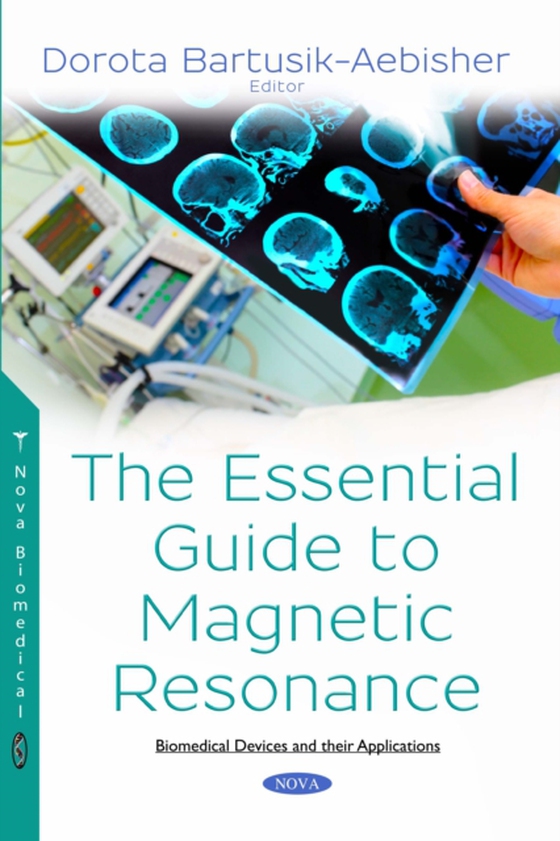
Essential Guide to Magnetic Resonance e-bog
1021,49 DKK
(inkl. moms 1276,86 DKK)
The opening chapter of The Essential Guide to Magnetic Resonance presents applications of Fluorine-19 Magnetic Resonance Imaging (19F MRI) in cancer research, tissue metabolomics, quantification of drug delivery, cellular tracking, tissue pH measurements and detection of 19F labeled cells. The authors review in vitro research applying 19F MRI and Magnetic Resonance Spectroscopy (MRS) to facilit...
E-bog
1021,49 DKK
Forlag
Nova Biomedical
Udgivet
3 april 2018
Længde
151 sider
Genrer
Medical diagnosis
Sprog
English
Format
pdf
Beskyttelse
LCP
ISBN
9781536135213
The opening chapter of The Essential Guide to Magnetic Resonance presents applications of Fluorine-19 Magnetic Resonance Imaging (19F MRI) in cancer research, tissue metabolomics, quantification of drug delivery, cellular tracking, tissue pH measurements and detection of 19F labeled cells. The authors review in vitro research applying 19F MRI and Magnetic Resonance Spectroscopy (MRS) to facilitate the synthesis, tracking and visualization of new fluorinated drug conjugates. 19F MRI also provides high contrast in vivo images due to the absence of an endogenous 19F signal, 100% natural abundance of 19F, and a chemical shift range of over 400 ppm. Afterwards, examples of current methods of magnetic resonance imaging (MRI) guided photodynamic therapy are presented. Recent development of MRI detectable nanoparticle constructs, magnetic resonance spectroscopy (MRS) sensors, gadolinium based photosensitizers and europium singlet oxygen probes are discussed. In addition, applications of Functional MRI using a blood oxygen dependent level (BOLD) MRI in monitoring photodynamic action are addressed, with the goal of informing researchers about the potential for using MRI guided photodynamic therapy and oxygen dosimetry. The applications of MRI within the sphere of pharmacy are analyzed; in particular, the use of MRI to track pharmaceuticals in vitro and in vivo noninvasively and monitoring their controlled-release. Functional MRI for noninvasive clinical brain imaging is explored as it is applied to studies of autism, schizophrenia, epilepsy Alzheimer's disease, Parkinson's disease, traumatic brain injury and blood oxygenation-level dependent (BOLD) imaging of brain function. An overview of the scope of MRI as a diagnostic technique in neurology and in neurosurgery is also provided.
 Dansk
Dansk

